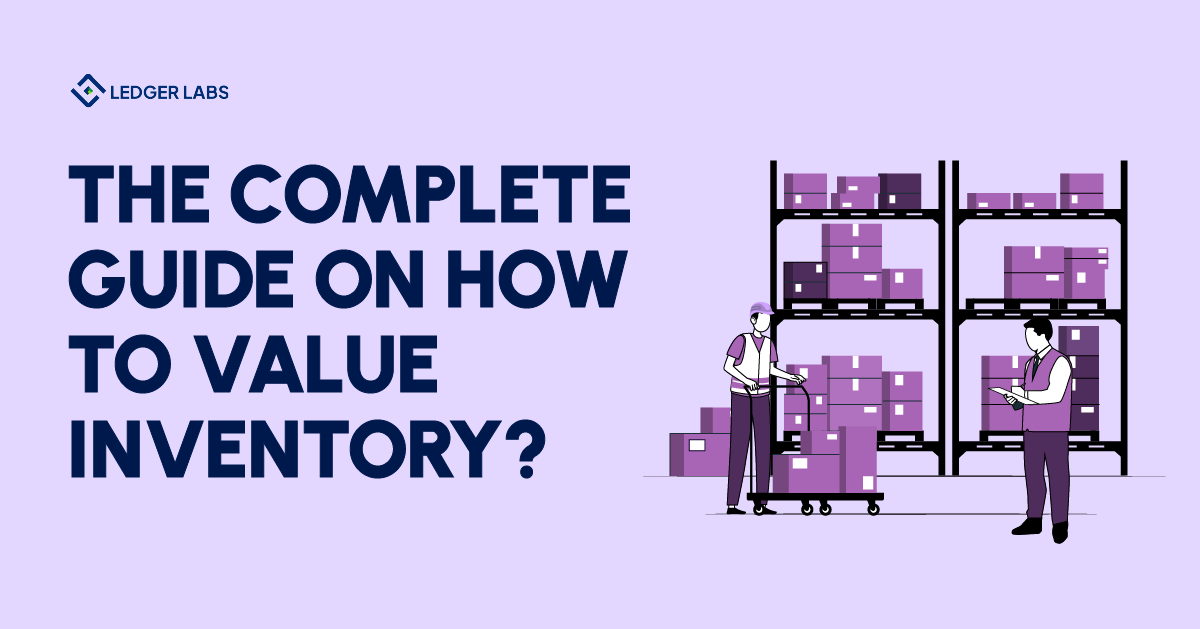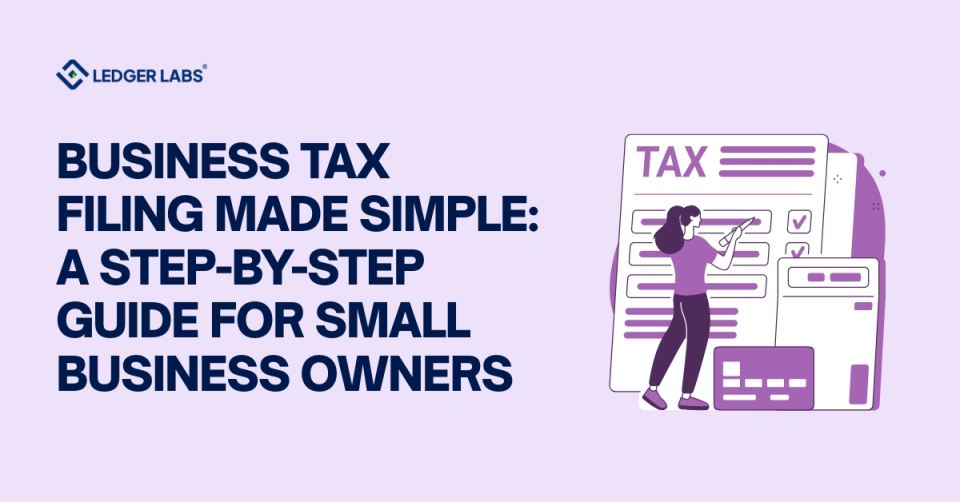Most likely, your accounting team is drowning in manual data entry while your competitors are automating their way to 20+ hours of recovered time each week.
Odoo API & Integrations can transform your firm from reactive to proactive, eliminating the tedious copy-paste workflows that drain productivity and invite errors.
The difference between firms struggling with disconnected systems and those thriving with automated workflows comes down to one thing: knowing how to connect Odoo with the tools you already use.
This guide walks you through everything from understanding API types to implementing your first integration – with real code examples, cost breakdowns, and troubleshooting strategies.
Key Takeaways
- Odoo migration requires structured preparation, mapping, and reconciliation.
- Validate data in a sandbox before importing to production.
- Match every legacy account and customer to Odoo’s relational structure.
- Lock prior periods and verify opening balances before live posting.
- Automate bank feeds, accruals, and taxes to preserve data accuracy.
- Maintain complete migration documentation for audit purposes.
- Success is measured by balance parity, faster closes, and clean reports.
Understanding Accounting Migration in Odoo
Migration means transferring financial data, typically trial balances, chart of accounts, journals, customers, vendors, and opening entries, from your existing system into Odoo’s structure.
Because Odoo uses a relational database, every journal entry links to real documents such as invoices or bills.
That design demands more precision but yields stronger long-term consistency.
Common migration types include:
- Full historical migration: importing all transactions and reconciliations from previous years.
- Opening balance migration: importing closing balances as of a specific date and starting fresh from there.
- Hybrid migration: bringing limited historical data for continuity while reconfiguring the chart of accounts.
The right approach depends on your reporting needs and audit requirements.
For example, a manufacturer migrating mid-year may only import year-to-date data, while a service firm needing trend analysis might import five years of journals.
Why Accuracy During Migration Matters?
Incorrect mappings during migration can ripple through your entire reporting chain.
Deloitte’s 2024 ERP Readiness Survey found that 64 percent of finance leaders identified “data migration errors” as the top risk during ERP implementation.
Inaccurate account mapping or missing reconciliations can delay go-live by weeks and cost thousands in rework.
Migrating to Odoo requires disciplined preparation.
Because the system automatically reconciles journals and links documents, every inconsistency is immediately visible. The advantage is transparency; the challenge is that Odoo won’t mask bad data.
Ledger Labs typically performs three validation rounds before final import:
- Account structure validation — matching legacy accounts to Odoo’s chart of accounts.
- Opening balance verification — reconciling trial balance totals to ensure parity.
- Document linkage testing — confirming that migrated invoices, bills, and journals connect properly.
That precision ensures your first Odoo financial reports align with your audited historical data.
Pre-Migration Preparation
Preparation defines the success of any migration. Before moving data into Odoo, confirm the following:
a. Clean Up Legacy Data
Archive inactive customers, vendors, and obsolete accounts. In QuickBooks or Xero, duplicate names and merged ledgers can create errors during import. Data should be normalized before export.
b. Reconcile All Accounts
Ensure bank, payable, and receivable accounts are reconciled. Unreconciled items create misaligned opening entries in Odoo, especially when using automated bank feeds or reconciliation rules.
c. Lock Prior Periods
Freeze transactions in your legacy system at the cut-off date to prevent post-export edits. The exported trial balance should match exactly what auditors will expect.
d. Export in Compatible Formats
Odoo accepts CSV, XLSX, and XML imports. Standardize file headers and ensure date formats (MM/DD/YYYY) and decimal separators align with Odoo’s configuration.
A clean export is the first step toward a clean migration.
Mapping Chart of Accounts
Every accounting system structures accounts differently. In Odoo, the Chart of Accounts (COA) acts as the backbone for every journal entry, report, and dashboard.
To map correctly:
- Match each legacy account to the corresponding Odoo account type (Asset, Liability, Equity, Income, Expense).
- Consolidate redundant or outdated accounts where possible.
- Align naming conventions for readability and consistency.
- Configure tax accounts before import to prevent missing mappings during invoice uploads.
For US-based businesses, Odoo’s localization package includes pre-configured GAAP-compliant accounts. This simplifies setup but still requires verification against your legacy structure.
Ledger Labs usually builds a temporary mapping table to track how every legacy account converts to Odoo’s numbering. This single step eliminates 90 percent of reconciliation errors later.
Mapping Chart of Accounts
The opening balance represents the financial position of your business on day one of Odoo. Importing it correctly ensures continuity with prior reports.
Steps to follow:
- Create a dedicated Opening Journal for balance entries.
- Import assets, liabilities, and equity balances as separate lines, referencing the correct Odoo accounts.
- Verify that debits and credits balance exactly.
- Reconcile each imported balance against the legacy trial balance.
If multi-currency transactions exist, confirm that Odoo’s currency settings match the exchange rates used in the legacy data. Even small variances can affect consolidated reporting.
After import, run Odoo’s Trial Balance and Balance Sheet to confirm parity with your closing reports from the previous system. Discrepancies at this stage must be resolved before entering live transactions.
Migrating Customers, Vendors, and Invoices
In Odoo, customers and vendors are part of the same Contacts model, simplifying the import process. However, invoices must connect directly to these records to maintain traceability.
Best practice steps include:
- Import all customer and vendor contact data first.
- Verify unique identifiers (email or reference codes).
- Then import invoices, bills, and credit notes linked to those contacts.
Open invoices should include outstanding balances so they can be reconciled with future payments inside Odoo. This ensures aging reports remain correct after migration.
According to a 2023 ERP Data Migration report by Panorama Consulting, 52 percent of migration delays occur when customer and invoice data are imported separately or out of sequence. Odoo’s relational structure solves this, but only when data dependencies are respected.
Validating Imported Data
Once data is in Odoo, validation becomes the most critical stage. A system may show balances, but that doesn’t mean they’re correct until proven through reconciliation.
- Ledger review: Run a full Trial Balance and General Ledger report for the opening month. Compare these with your legacy accounting system’s final month. Debit and credit totals must match exactly. Even a single rounding issue can distort your retained earnings account.
- Invoice accuracy: Open the Aged Receivable and Aged Payable reports. Totals should equal the outstanding balance reports from your prior software. Cross-check that customer and vendor names match correctly, not just the amounts.
- Bank balances: Reconcile imported bank journals with the closing statements from your old system. Differences here often trace back to misclassified transactions or duplicate imports.
Odoo’s reconciliation tool highlights mismatched entries automatically, allowing you to isolate and correct errors before going live.
Post-Migration Reconciliation
Reconciliation ensures that every balance sheet and income-statement account is complete and accurate. Key checkpoints include:
- Bank and cash: Match Odoo’s reconciled balances with the bank’s final statement at migration cut-off.
- Accounts Receivable and Payable: Confirm each invoice imported still reflects the correct status — paid, unpaid, or partially paid.
- Inventory and COGS: If you migrated stock valuation, verify that product quantities and valuation layers align with Odoo’s cost-tracking configuration.
- Taxes: Run Odoo’s Tax Report and confirm the totals agree with prior filings or draft returns.
Once reconciliation is complete, lock the migration period in Odoo’s settings. Locking prevents new postings from altering the historical snapshot used for audit comparison.
Documenting the Migration
A complete migration record is critical for audits and continuity. Maintain:
- Data Mapping Log: Lists every legacy account, customer, and vendor reference matched to its Odoo counterpart.
- Import Templates: Final CSV or XLSX files used for journal and invoice imports.
- Validation Reports: Screenshots or exports of reconciled balances confirming accuracy.
- Cut-off Policy: Internal memo stating the official transition date and locked period.
During audits, this documentation serves as evidence that migration was performed under controlled, repeatable procedures, a key SOX-style control even for privately held firms.
Common Pitfalls to Avoid
Even structured migrations can go wrong when shortcuts are taken. The most frequent causes of post-go-live discrepancies include:
- Importing transactions without matching taxes or analytic accounts.
- Failing to reconcile legacy clearing accounts before export.
- Ignoring multi-currency rate differences.
- Overwriting production data without sandbox testing.
- Omitting validation of fiscal year settings which can shift opening entries into the wrong period.
A disciplined process eliminates these risks. Ledger Labs typically enforces dual-review: one accountant validates balances, another tests reporting integrity before sign-off.
The Bottom Line
Migrating accounting data into Odoo is an investment in structure and reliability.
When executed correctly, it delivers unified reporting, cleaner reconciliations, and real-time financial visibility.
The process requires discipline – clean data, verified mappings, sandbox testing, and documented validation – but the payoff is lasting control over your financial systems.
Ledger Labs helps businesses navigate each phase of migration: planning, data mapping, import testing, and post-go-live audits – all part of Odoo accounting services.
The result is an Odoo environment that mirrors your financial truth without compromising accuracy or compliance.












